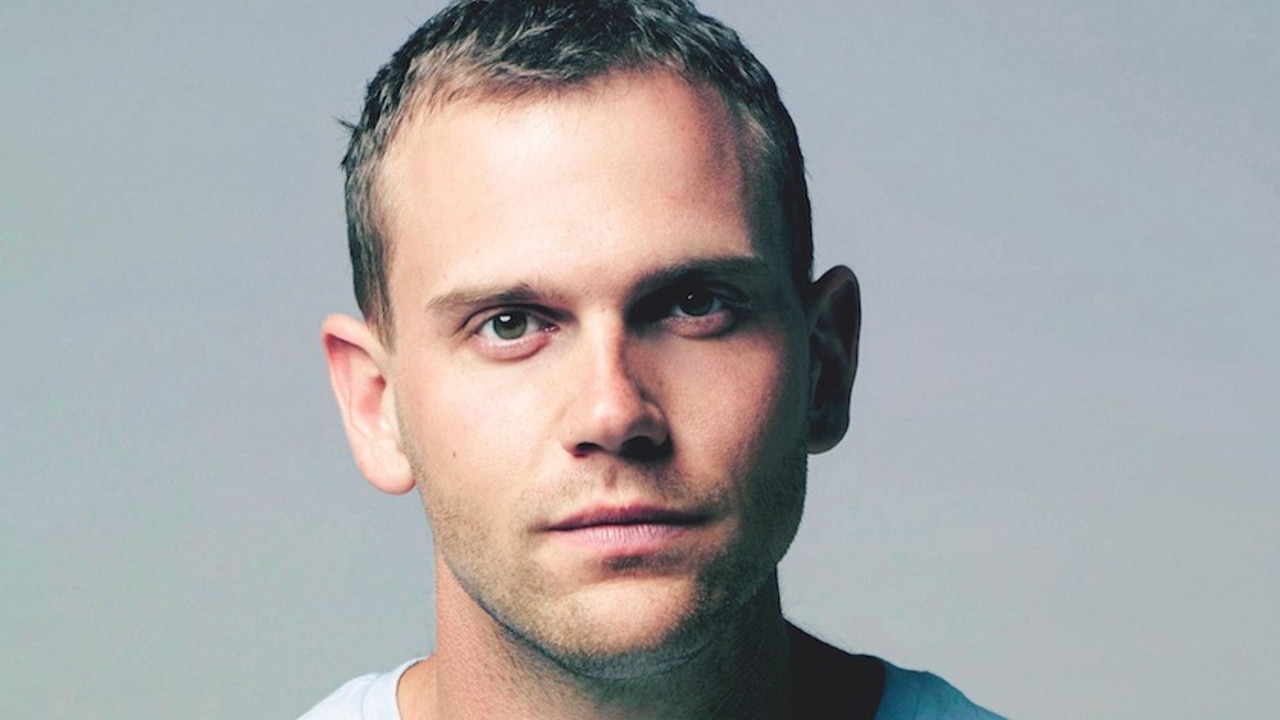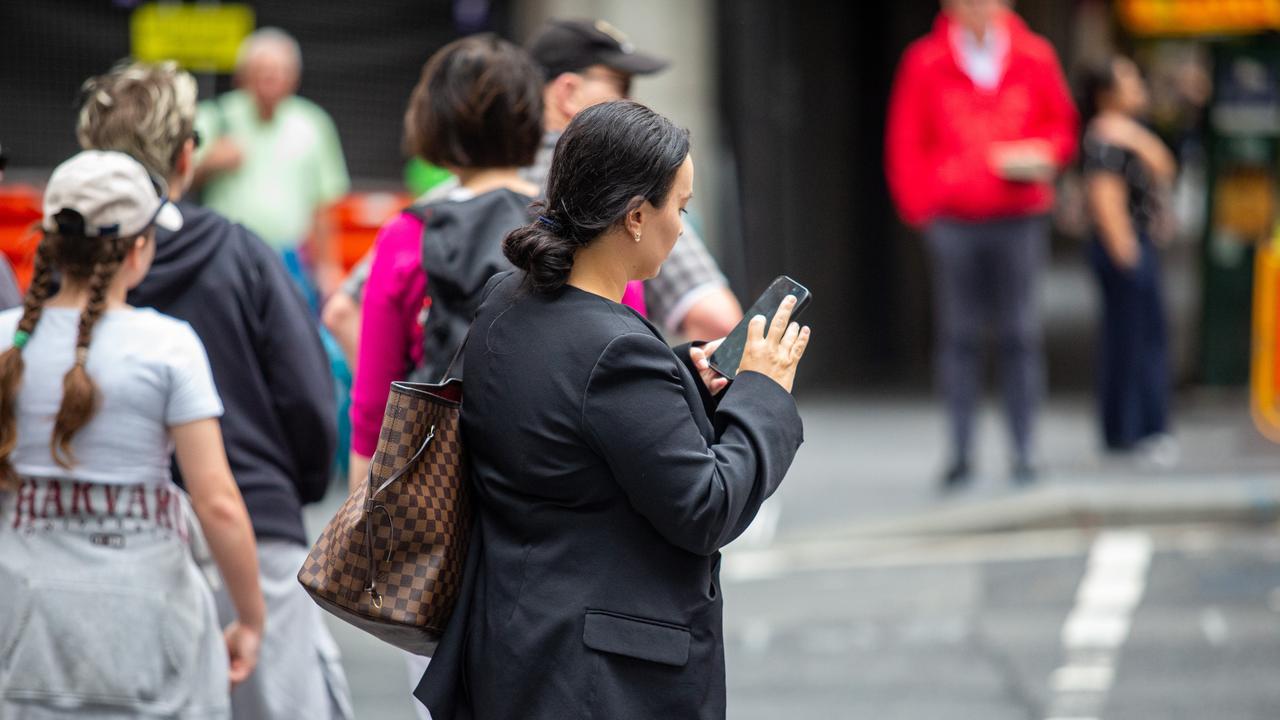Catch me on the flip side: Flip phone comeback here to stay
Popular in the late 90s and early 2000s, the last few years have seen a return of the clamshell-style mobile phone, with a smartphone twist.
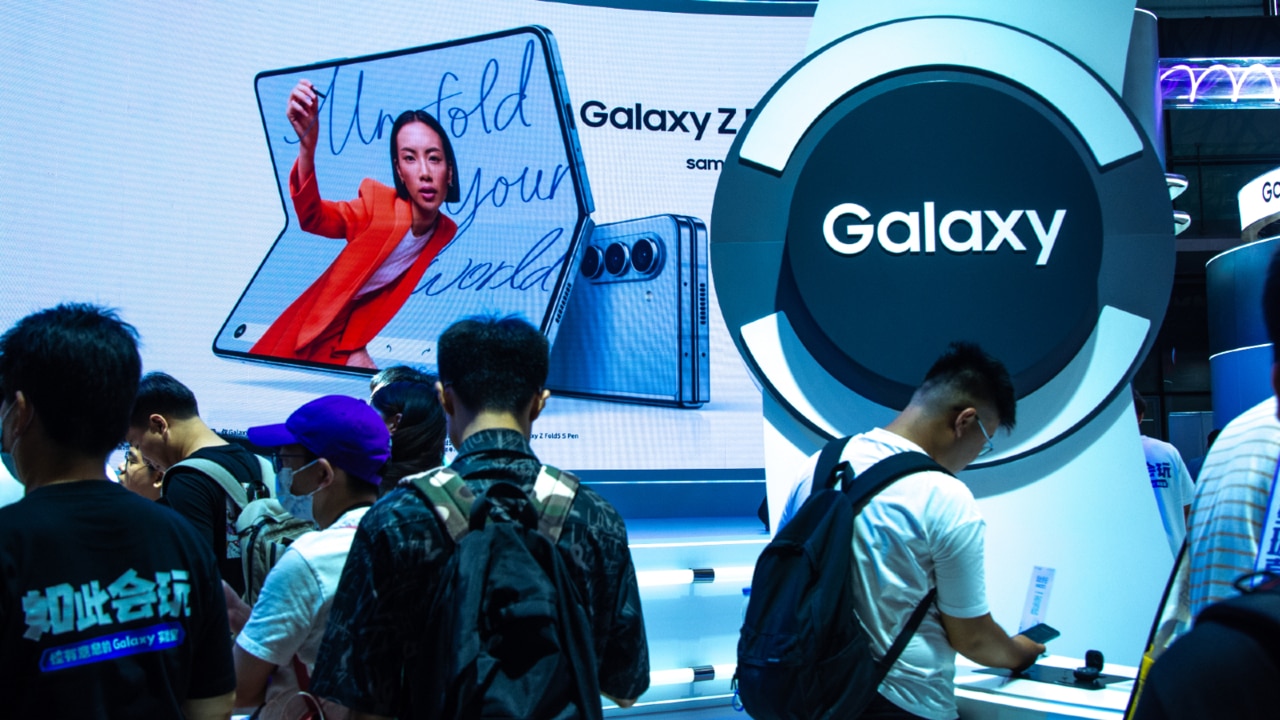
If you were in an Australian high school in the early 2000s, chances are the coolest kids you knew rocked the Motorola Razr.
Flip phones, known in technical terms as having a clamshell form factor, had been around for more than a decade at that stage, but the sleek design and varying colours of the Razr cemented it in our collective memories as a tech icon of the times.
Flash forward to the 2010s, and you’d have been hard pressed to find a flip phone; the fashion had changed, and the touchscreen smartphone was taking the telecommunications world by storm. Anything with physical buttons was so 2004.
But in 2020 we took a step back: Korean smartphone powerhouse Samsung released the Galaxy Flip. It was the nostalgia of the Razr but with smartphone features.
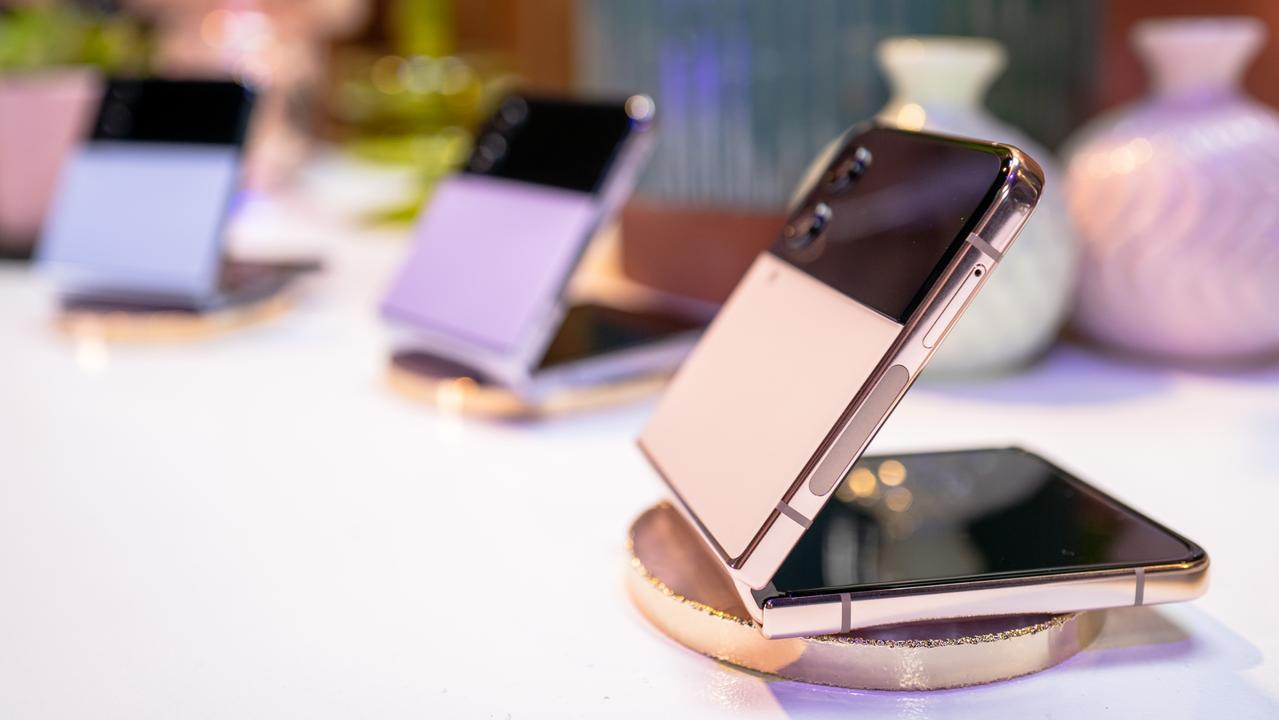
If you’re a fan of the Galaxy Z series (as it’s since been rebranded to include sister product, the Galaxy Fold) you may even be reading this article on a brand new Flip 5; they were only released on August 11.
Not to be outdone, Motorola resurrected the Razr about the same time as Samsung’s Flip. Three years later, and the Motorola Razr 40 and 40 Ultra models released in July.
OPPO also offers the Find N2 Flip, meaning three companies are now pushing the foldable devices in Australia.
Other Chinese manufacturers are also getting in on the trend.
Honor unveiled the Magic V line last year, and released in China in December; it’s basically a clone of the Samsung Fold4, but with slightly bigger screens, bigger battery (but no wireless charging), similar cameras, but notably without the water and dust resistance of the Samsung models.
And the new flips are in demand among the Chinese too, with their smartphone market declining in the first quarter of 2023 (eight per cent year-on-year) but the domestic foldable market surged an incredible 117 per cent (year-on-year), according to Counterpoint Research.
While we seem to be going backwards in terms of phone fashion, some of us are taking it a step further, and opting for the sort of flip phone that would have been cool-as in 2004, but dagy by 2010.
Low-tech phones are also making a comeback, for a variety of reasons; some people find a smartphone is too much tech; some want to avoid the temptation of hours of social media browsing; and like a growing number of celebrities, some believe a non-smartphone is harder to hack.

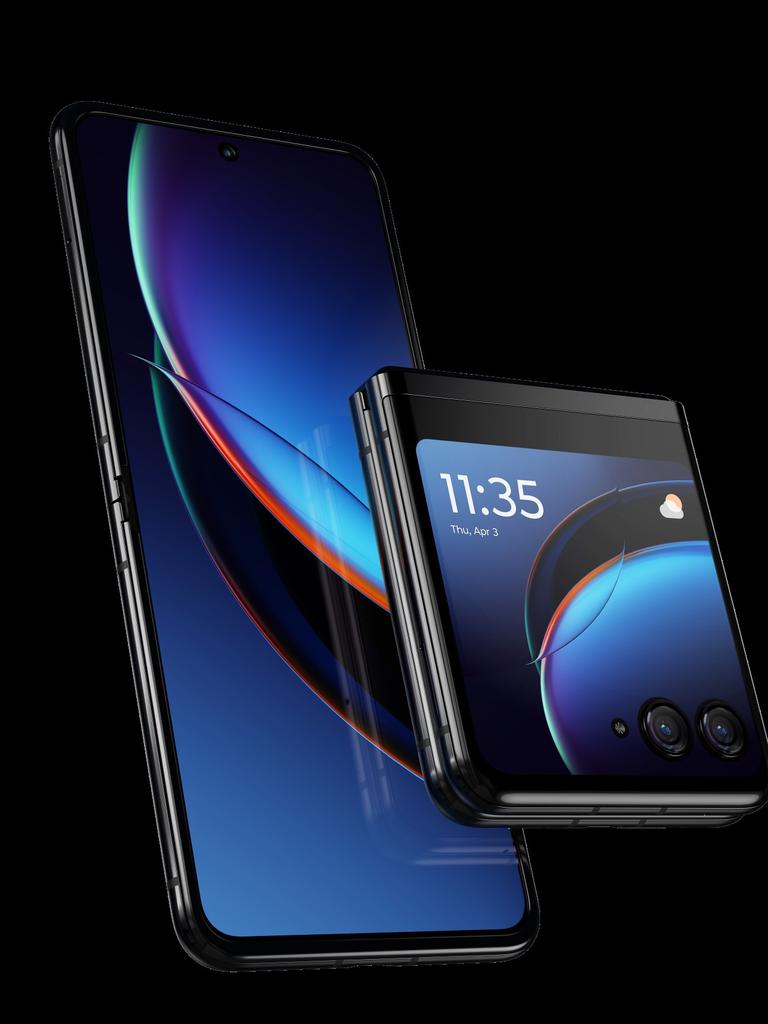
Star Trek actor Chris Pine in 2022 revealed he had only just gone back to using an iPhone after years of using a low-tech flip phone.
“I had a flip phone for four years, or three years, and I just got an iPhone because I felt pummeled by how difficult being analog … It was very difficult,” he told CinemaBlend.
“But, having just gotten this crack machine, it’s really bad. These machines are really, really, really bad. I may immediately go back to a flip phone. I don’t know if my soul can handle it.”
Funnily enough, the original Star Trek series was one of the first works of fiction to depict a flip phone-like device in the “communicator,” two decades before the first commercially available flip phone (the Motorola MicroTAC 9800X) launched in 1989.
That phone in turn was an offshoot of 1984’s DynaTAC 8000X — the world’s first commercially available cellular mobile telephone, weighing in at 784g, half-an-hour of talk time, or eight hours on standby.
Fashion designer and industry heavyweight Anna Wintour raised eyebrows at Paris Fashion Week in 2019, when she was snapped with what appeared to be a cheap Nokia flip device.
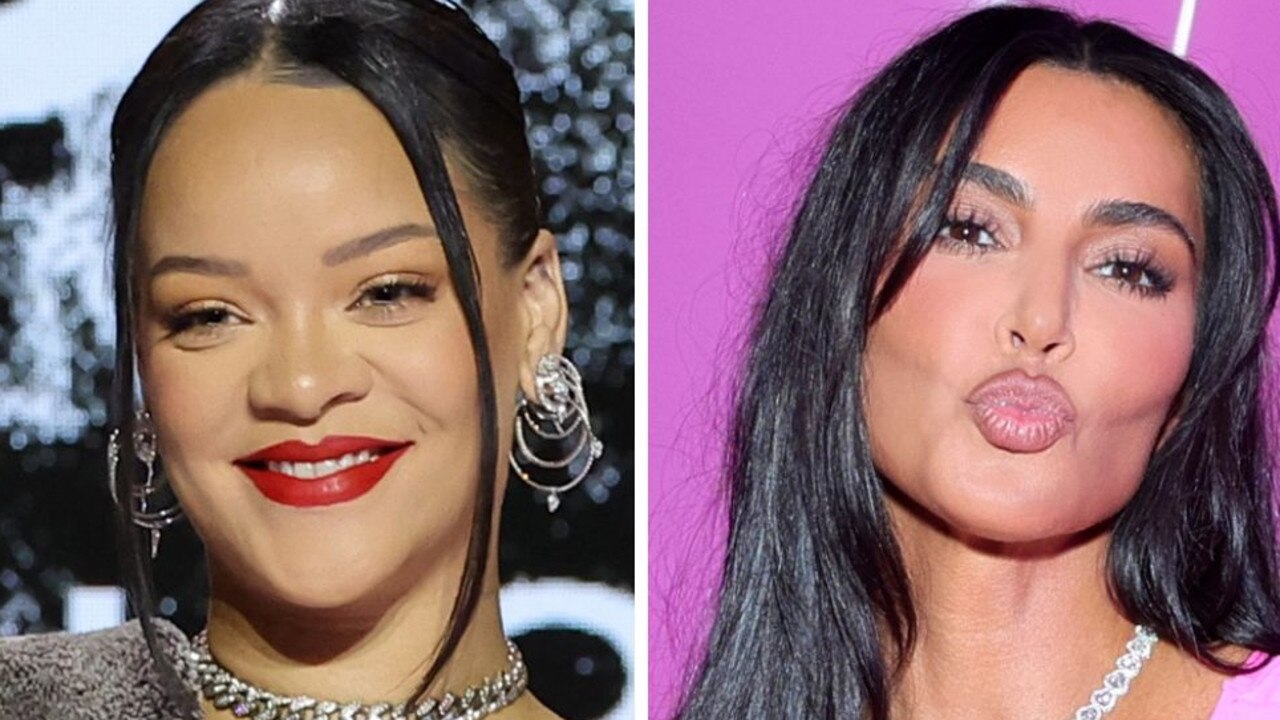
Former Indianapolis Colts NFL quarterback Andrew Luck also unashamedly sports a retro flip phone, even after he pocketed a $USD32m ($48.79m) signing bonus in 2016.
“I don’t think I want to be connected 24/7, and this phone is maybe sort of a reminder that you don’t have to be connected,” he told USA Today.
“And it’s nice to get away. It’s nice to turn your phone off.”
In an interview with People for his role in the Barbie movie, Michael Cera also revealed he was purposely shying away from tech trends.
“I don’t have an iPhone myself. … I have a flip phone,” he told the publication, noting this is why he wasn’t involved in a group chat with all the actors playing the Barbies and Kens.
Kim Kardashian famously loved her BlackBerry devices, so much so that she had a stash of them and freaked out when the last one died in 2016, leaving her unable to find another online.
And singer/songwriter Ed Sheeran has been quite open about the fact he doesn’t use a cell phone at all, and hasn’t done so since 2015.
But no celebrity has had quite an impact on the phone market like pop idol Rihanna.
The Umbrella singer, known for bucking trends, has been spotted on multiple occasions sporting a simple, black T-Mobile flip phone that can only talk and text.
Her tech downgrade was the catalyst for Nokia and Motorola designer Kaiwei Tang to create The Light Phone: a device which, according to its website, is “designed to be used as little as possible.”
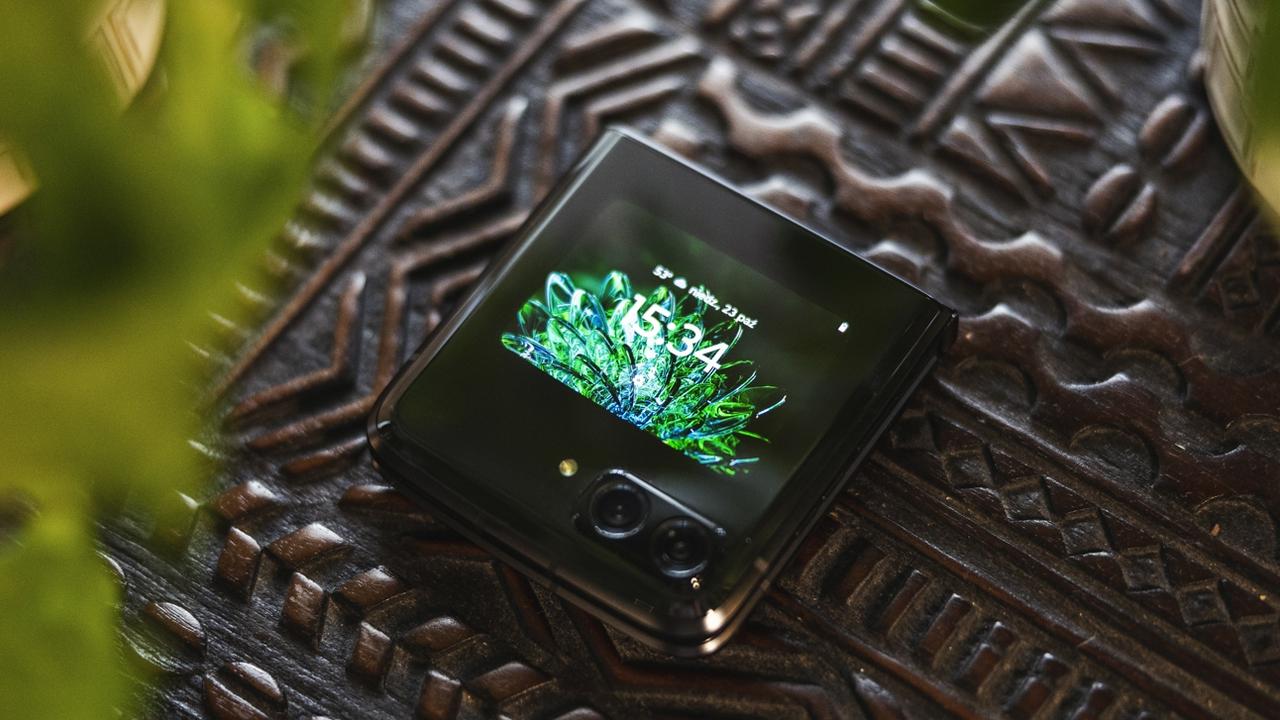
It’s certainly a market mobile phone producers are once again investing in.
HMD Global, the maker of Nokia phones, reports its flip phone market share doubling year-on-year from 2021-22, and expects further growth in 2023 as people unplug from their smartphones.
HMD Global’s chief marketing officer Lars Silberbauer says there’s been a surge of interest in Nokia’s flip models.
“We believe that the interest is coming from a need to take a break from the constant flow of incoming digital notifications, social media posts and more,” Mr Silberbauer says.
“People want more simplicity, more face-to-face time, more time to think, and time to have an uninterrupted conversation! I'm sure we all have examples where a beautiful life moment has been spoiled by a distraction or notification.”
While HMD’s country manager for Australia Brenden Folitarik says Australians have a nostalgic connection with the 1990s and 2000s phones.
“Especially Millennials who might have had one back in the day,” Mr Folitarik says.
“We’re proud to be reinventing these great phones to support the resurgence amongst young Australians to help them connect more meaningfully with one another.”
Technology commentator with EFTM.com Trevor Long says he understands the appeal, as it’s easy to get sucked into hours of “doom scrolling” social media.
“That’s why so many people are looking at these retro options,” Mr Long says.
“Nokia is the leader here with retro versions of several of their phones, more recently the 2660 flip phone. I’ve used this, and it’s basic. No Wi-Fi, no real social apps, and it’s old school difficult to text. If you need me, just call.
“Even for a weekend, a simple digital detox using a retro Nokia could improve your outlook on things dramatically!”
A Perth employee of tech retail giant JB Hi-Fi, who wished to remain anonymous, says from their experience the new generation of flip phones have been popular.
“Initially plagued with durability uncertainty as the market matures and the phones get more durable consumer confidence has grown.
“It’s here to stay and as more and more big players jump on-board that’s only putting fuel on the fire.”
But they say while they understand celebrities wanting to switch off for a while, it’s not something they’re seeing in-store.
“We do still often sell low tech handsets to parents who are looking for a means to contact their child without giving them access to the world of social media,” the JB employee says.
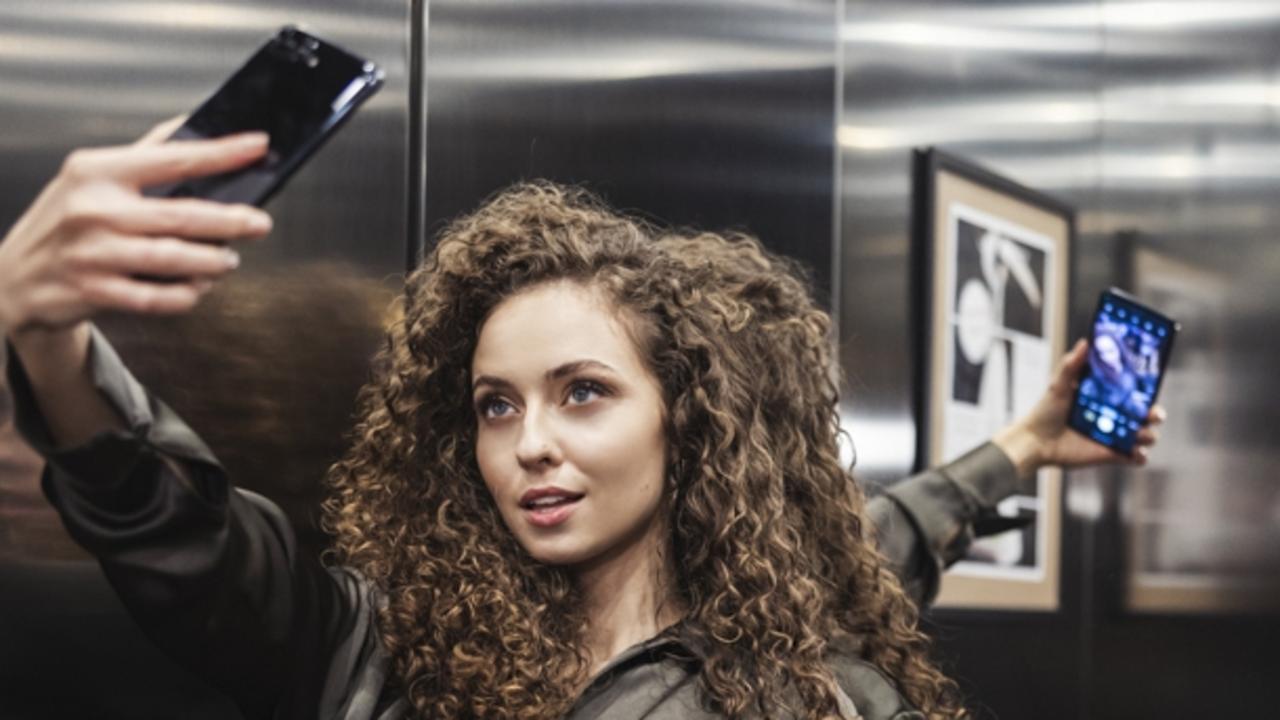
Australians are some of the most prolific smartphone users in the world.
Data from German data generation firm Statista found about 19.9m Australians owned a smartphone in 2017 — about 81 per cent of the country.
Based on those figures, it’s expected smartphone ownership will swell t0 87 per cent by 2026.
And Deloitte’s annual Mobile Consumer Survey report found 44 per cent of people in Australia think their phone use is a problem and are trying to reduce their smartphone screen time.
It’s no wonder a growing number of wellness service providers are offering “digital detoxes” in the form of mindfulness practises, coaching, and even retreats — anything to battle the dreaded doom scrolling.
You’ve seen the term in this article once already; it refers to spending hours on a device, reading an excessive amount of negative news.
Clinical Assistant Professor of psychiatry at NYU Ariane Ling defines the term as “the act of endlessly scrolling down one’s news apps, Twitter, and social media and reading bad news.”
And it’s not great for your brain: a study published in the journal Health Communication found 16.5 per cent of 1,100 people interviewed found they experience greater levels of stress, anxiety, and poor health after reading “severely problematic” news.
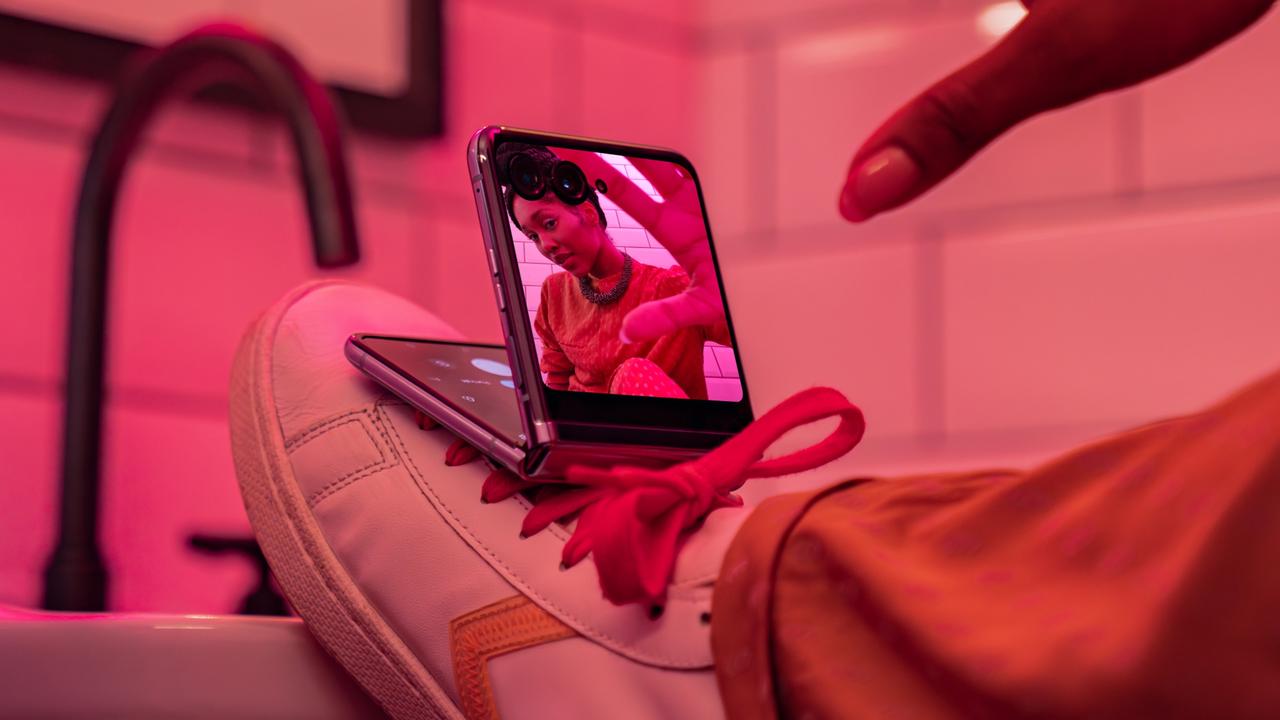
Curtin University’s Professor of internet studies Tama Leaver says balance is important in all things, including in the use of mobile devices and social media.
“While social media can be incredibly rewarding, it needs to be a balanced part of the way someone communicates with others and engages with the world,” Professor Leaver says.
“As platforms like Twitter (or X) under Elon Musk’s leadership have become more and more toxic, time away to help consider the best uses of these tools is all the more important.
“If using a non-smartphone (AKA dumbphone) in some circumstances can be part of balancing a better social media and connectivity digital diet.”
One man who tries to avoid doom scrolling is Perth’s Steve New, who’s gone to such lengths as spending 12 nights in a Mexican dark room retreat, isolated in a room with no light.
In 2021, he told The Sunday Times he once did a 60 day silent meditation retreat.
“When I got my phone back, it was like an alien object,” Steve said, “it was a high-intensity dopamine fast that one.
“My work involves a lot of devices but every day before bed and when I wake up, I try and leave an hour gap. Throughout the day, I’ll have my phone off for particular periods of time.
“When I am using it, I want to be soft, open, relaxed and balanced and not just jumping into it to get a hit from it. It can be there and I don’t have to be addicted to it.”
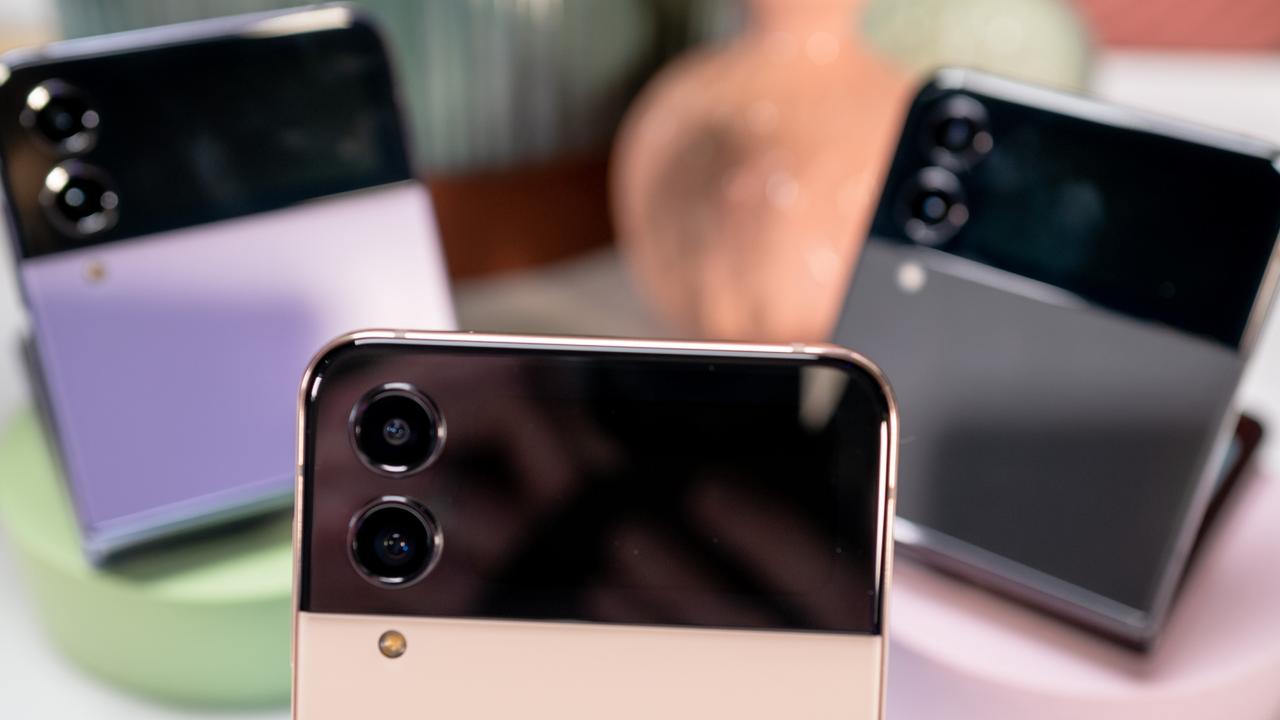
So whether you want a break from social media, or just bit of 2000s nostalgia, flip phones both old and new are making a successful comeback, and Trevor Long says it’s clear the trend is here to stay.
“Samsung Australia have said directly they think these devices will outsell traditional smartphones within a few years,” Mr Long says.
“And when a company that size thinks that, they either know something or are going to back it with big dollars in marketing.”
He says while they don’t differ much from the traditional smartphone, the inclusion of an exterior screen makes them useful to check at a glance.
“Most importantly, they are just more portable, easier to fit in a pocket or purse and that main screen is actually protected when it’s shut — and that’s a big win.
“It’s still an ‘early adopter’ market, but I think that will change very quickly, and 2023 will be the year of the flip phone.”




